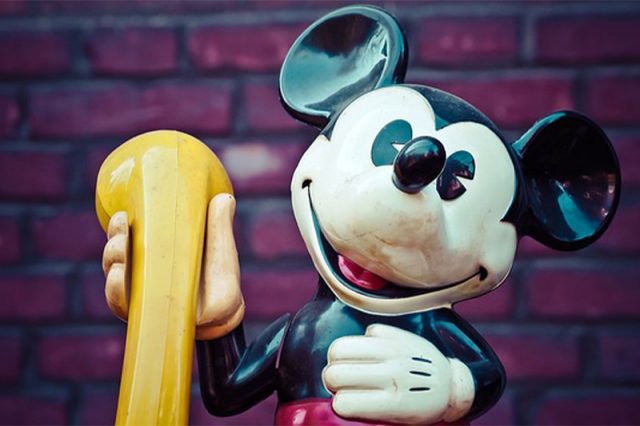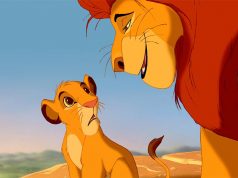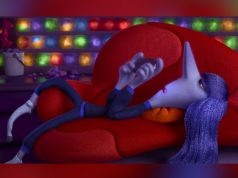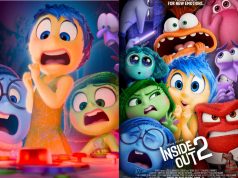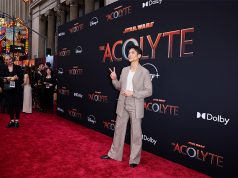The earliest versions of Mickey and Minnie Mouse entered the public domain in the United States at the start of this year, 95 years since they were introduced to the public in the film Steamboat Willie.
Many characters come into the public domain on New Year’s Day (Public Domain Day) every year. For works “made for hire”, including films, copyright in the United States lasts 95 years; for other works it is the life of an author plus 70 years.
Prior to 1998, copyright for works of corporate ownership lasted 75 years, but the Sonny Bono Copyright Term Extension Act of 1998, often nicknamed the Mickey Mouse Protection Act due to the lobbying by Disney, expanded copyright protections to 95 years.
Only this first iteration of Mickey is in the public domain, but it didn’t take long for creators to seize the opportunity – limited though it might be.
Already two horror films are on the horizon, albeit with the lawyers on hand to make sure there will be no cease and desist letters!
What can people do with Mickey?
The earlier iterations of Mickey and other characters from Steamboat Willie can be used in any adaptation.
Before this they could only be used in a transformative way under the United States’ fair use exception. Fair use in the US allows creators to transform other existing works as long as they create something new and different from them.
This feature of the US copyright system in a recent case reiterated that it would only work where works were not in competition with each other.
From January 1, this factor is irrelevant for early Mickey. As long as creators are not misleading consumers as to Disney endorsement or connection, do not use Mickey’s later likeness, and don’t use the Mickey or characters of Steamboat Willie as a trademark, they are free to go nuts.
Can I use Mickey in Australia?
Many jurisdictions have different terms for copyright, so it may be that early Mickey is still not free in some places.
In Australia, films made in Australia get 70 years of copyright protection once made public, so all Australian films made public before 1955 are now in the public domain.
Australia’s protection for cinematography works is shorter than the US, but due to a number of treaty obligations, member states give the same treatment to foreign works that they do national ones. This means the law that applies will depend on where you are sued, and if an Australian was sued in the US for their usage of early Mickey Mouse before this year you could be liable under US copyright laws.
As of 2024, if Disney sued you in Australia or the US you are likely to win but other jurisdictions may still have some protection, so it will depend on where you publish or show the work. Online, where a work can be “shown” anywhere, the suing company can not just choose any country: there must be some connection for the parties to the country they are being sued in.
Additionally, while Australia does not have a broad fair use exception to copyright, our creators could always use Mickey in a parody or satire or for review or criticism. I may even have used a likeness or two in a law exam question (exams have a special exception under the act).
With the early Mickey in the public domain, you no longer need to be satisfied that one of those categories applies. A movie, artwork or literary work that shows the early version of Mickey can be whatever you want.
The issue will then be making sure your creative work is restricted to the early Mickey. For example, when Winnie the Pooh came into the public domain in 2022 only the A.A Milne version was free to use so the horror movie made shortly after did not include the famous red t-shirt used in the Disney version.
A trademark is very different to copyright. Trademarks can last forever as long as registration is renewed, but there is no restriction on using logos and names that are trademarked as long as you are not using it as your own brand identity or mark, and not misleading or confusing consumers as to the origin of products. That means you can’t call your business “Mickey Mouse” or “Steamboat Willie” but you can use the likeness of those early characters in your marketing (as long as it’s not being used as your logo or brand recognition).
A number of fan fiction and perhaps even some more risqué adaptations using Mickey Mouse already exist online. Fan fiction will often also be a copyright infringement but the risk of being sued is slightly smaller. Companies tend to go after those who are making commercial dealings and those that they see as hurting their brand image. Even Banksy has incorporated Mickey in a work (likely being seen as a parody and as such non-infringing).
On the other hand, commercial publishers are incredibly risk averse and so if you do want to use Mickey be warned there may be an issue getting a publisher to bite. Additionally, merchandising of your creative work may be an issue depending on trademarks in different categories and where you market these. You also will only get copyright protection on original elements you add to the work.
So yes, upload and share the original movie, paint those early Mickeys, sing a song about Steamboat Willie, and enjoy the horror comedies coming out. Next year Popeye will become public domain so don’t be surprised if a slasher horror remake of him is coming soon!![]()
Sarah Hook, Senior Lecturer in Law, Western Sydney University. This article is republished from The Conversation under a Creative Commons license. Read the original article.

